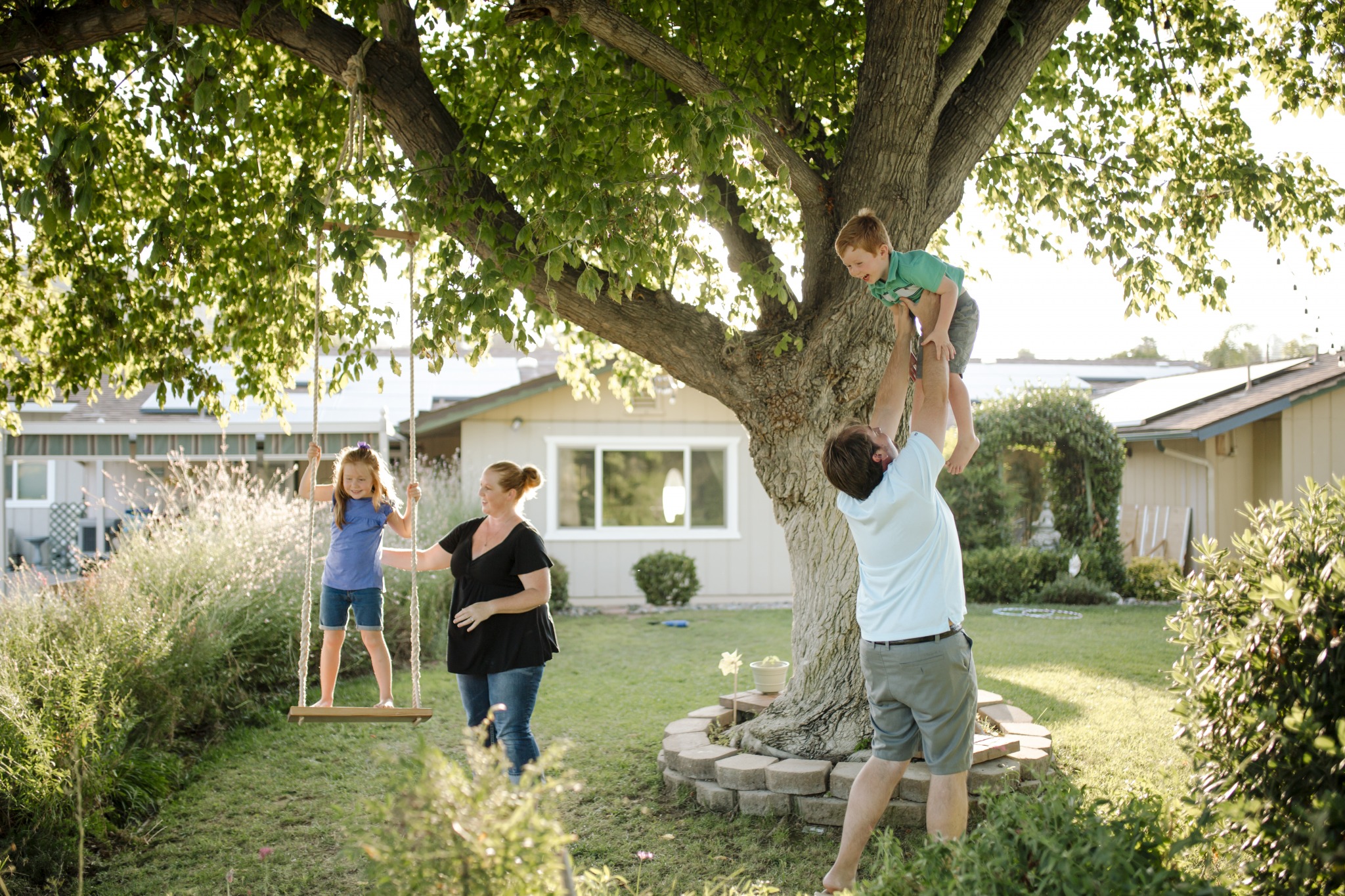How Many People Can Live in Your Rental?

August 30, 2019
4 Minute Read
If you’re wondering whether you can limit the number of occupants living in your property, the answer is: Sort of.
Rules around occupancy rates and rental properties aren’t always set in stone. As a landlord, you need to abide by fair housing regulations and give all potential renters an equal chance to rent your property regardless of their membership in a protected class. At the same time, more occupants means more wear and tear on your property.
So, where do you draw the line? You can set a maximum occupancy for your unit, but it’s best to consult an attorney to ensure that your policies are not discriminatory. Meanwhile, here are several factors to consider when determining occupancy standards for your property.
Fair housing protections
It is illegal to discriminate against families with children. The familial status protection under the Fair Housing Act applies to families with one or more children under the age of 18. Certain occupancy limitations may adversely affect families with children. Even if an occupancy restriction doesn’t single out families with children, it may still have the effect of making it impossible for a family with children to rent. For example, if you decide to limit your two-bedroom apartment to three occupants, consider how it might impact a family with two adults and two children, despite the fact that you're not specifically excluding children.
It is also illegal to discriminate against occupants based on their national origin. Again, even if your policy doesn’t exclude occupants based on their ethnicity, an occupancy limitation may adversely impact adults who share a common national origin, for example, in the case of multi-generational households.
Number of bedrooms
In 1991, the Keating Memorandum sought to provide guidance for occupancy, stating that applying a standard of two people per bedroom is considered reasonable under the Fair Housing Act. But there are exceptions to this standard, and it is important to consider all of the unique circumstances about your rental property.
State and local ordinances
If a rental unit is located in a city or state that has created its own occupancy guidance, then you should ensure that your occupancy rules comply with the specific laws in your location. Some jurisdictions may permit more occupants in a smaller-sized rental unit, whereas others might be stricter about the maximum number of occupants. If you need guidance on your specific city or state, you should consult with an attorney about occupancy laws that apply to your rental property.
Property size and layout
The number of square feet and the configuration of your property can help determine occupancy rates. In some cases, bedrooms might be spacious and well-suited for multiple children to share. In others, the bedrooms may be cramped, and it might be reasonable to limit occupancy. Additionally, one potential tenant might consider a study room or a den as a supplement to a one-bedroom apartment, while another might see it as an additional bedroom.
Building system capacity
Building systems such as septic or sewer systems need to be able to handle the number of people living in the unit. It may be acceptable to limit occupancy if adding extra tenants will overwhelm your building’s systems.
Age of children
In some instances, it might be appropriate for two adults and an infant child to share a small one-bedroom apartment. That same dwelling unit may not be appropriate for three adults, or two adults and one teenage child. Again, it is important to consider all relevant circumstances before rejecting an applicant due to the size of their family.
Adding new occupants
Your renter’s life circumstances might change during their tenancy. For example, a single person might start a serious relationship. Your rental lease agreement should list everyone who intends to live at the property at the time you and the renter sign it, and it should specify how long visitors can stay. If your tenant wants to add a roommate, partner or other occupant to their household, you can require the tenant to ask for permission in your lease. If the unit can accommodate an additional renter, you should still conduct a tenant screening and either revise your existing lease or create a new one that names the added renter. This helps you avoid a sticky situation if an issue arises concerning the new occupant.
One other thing to keep in mind is that some jurisdictions limit your ability to evict or to refuse to renew a lease if a family welcomes a new child during their tenancy. Again, when in doubt, the best thing to do is to consult with an attorney who is familiar with the specific laws of your state or town.
Tip: Zillow Rental Manager offers state-specific, customizable online lease agreements for free. This feature is currently available in select locations.
Connect with us!
Learn how Zillow Rentals can help you reach your goals.
Stay informed. Stay ahead.
Access exclusive industry insights, market trends, and expert tips. Subscribe now to receive quarterly Zillow Rentals newsletters!